Why Your Sump Pump Replacement Can't Wait
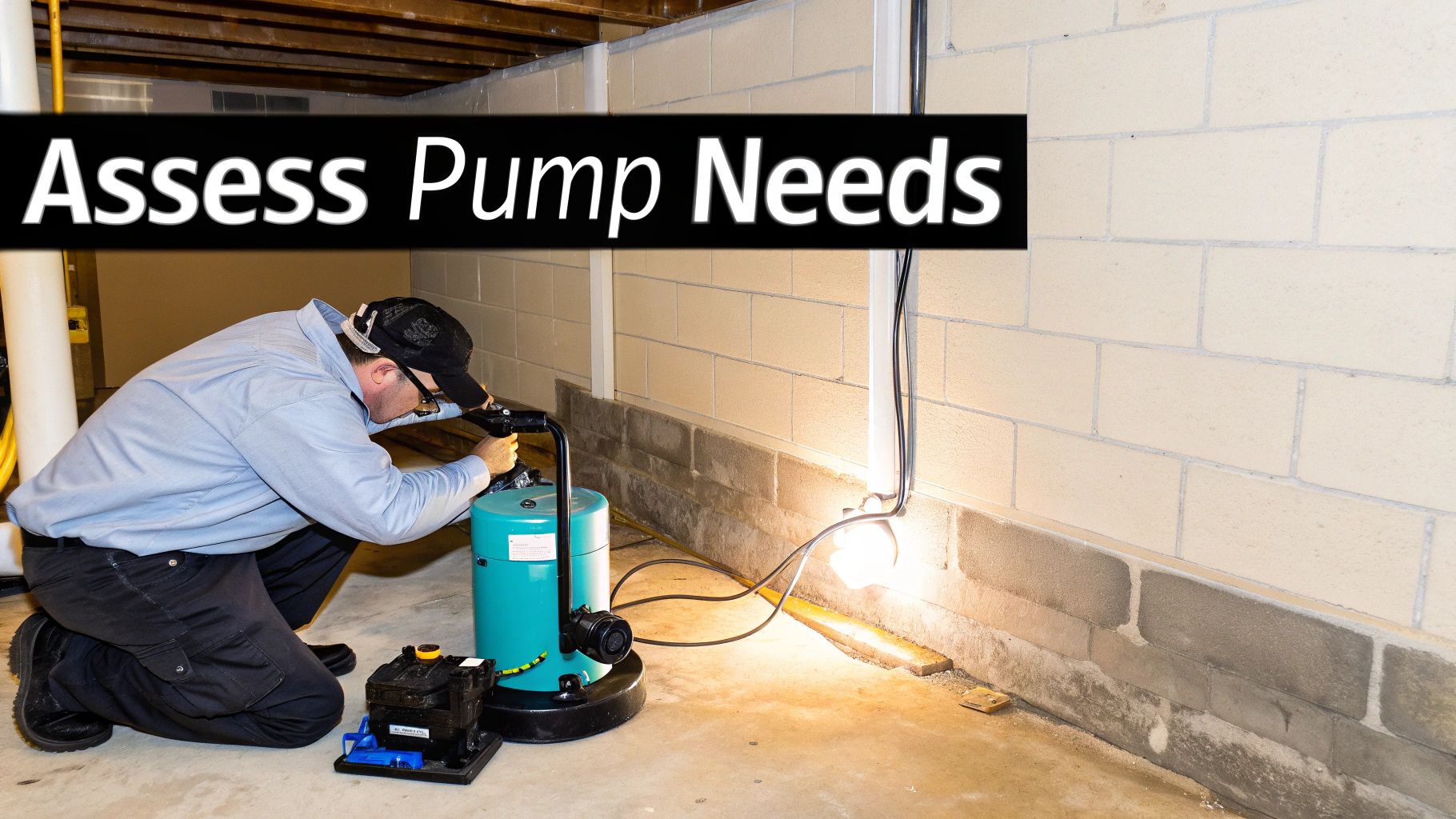
A failing sump pump is a serious threat to your home. More than just an inconvenience, this often-overlooked device is the only barrier protecting your basement from potentially devastating water damage. Putting off a necessary sump pump replacement can lead to significant expenses in the future.
A malfunctioning sump pump can easily result in a flooded basement. This can damage everything from flooring and furniture to electrical systems and even the structural foundation of your house.
Prolonged exposure to moisture also creates an ideal environment for black mold growth. Black mold is a serious health hazard requiring costly professional remediation.
A timely sump pump replacement is a proactive measure to protect both your property and your well-being.
The Lifespan of a Sump Pump
The average sump pump lasts for 7-10 years. However, several factors influence its longevity. These include usage frequency, regular maintenance, and the overall quality of the unit itself. Many homeowners mistakenly wait until the sump pump completely fails before replacing it, unknowingly increasing their risk of a flooded basement.
The demand for reliable sump pumps is also part of a larger trend in the water management industry. The global sump pump market is expected to hit $24.38 billion by 2029. It's projected to grow at a CAGR of 11.4% between 2024 and 2029. Factors like increasing urbanization, aging infrastructure, and the rising adoption of smart home technology all contribute to this growth. For a deeper dive into these market statistics, check out this report: Sump Pump Market Forecasts.
Recognizing the Urgency
Understanding the potential consequences of a failing sump pump underscores the importance of timely replacement. Waiting for your basement to flood can result in thousands of dollars in repairs and remediation costs.
Conversely, proactively replacing your sump pump is a relatively small investment with substantial long-term benefits. It's a crucial step in safeguarding your home from water damage and protecting your family’s health. By replacing your sump pump before disaster strikes, you ensure the safety and integrity of your home for years to come.
5 Unmistakable Signs Your Sump Pump Needs Replacing
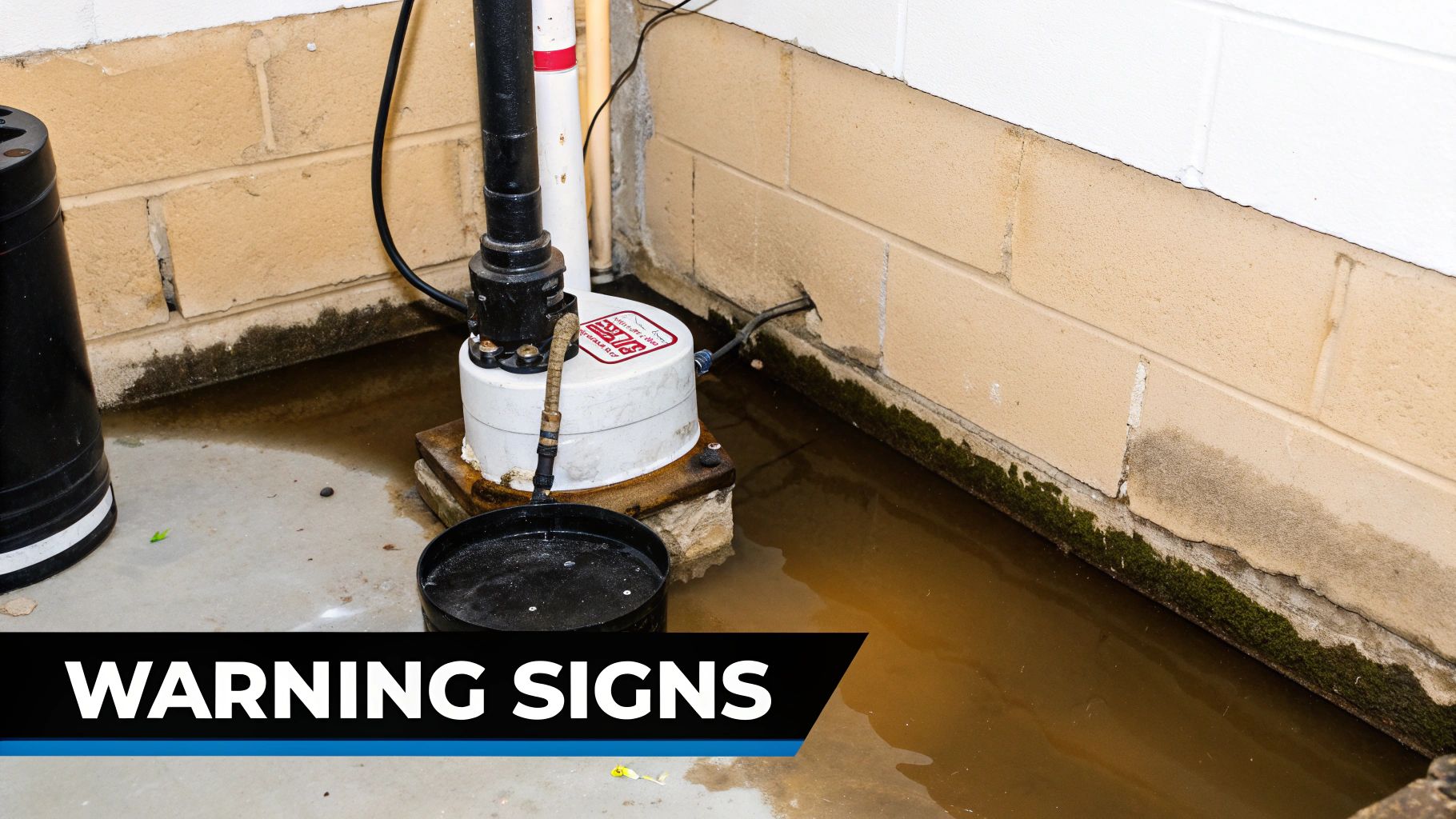
A failing sump pump can lead to more than just a flooded basement. Recognizing the early warning signs can save you from costly water damage and ensure your home remains protected. Let's explore five key indicators that it might be time for a sump pump replacement.
Excessive Noise
A healthy sump pump operates with a subtle hum. If you start hearing unusual sounds like grinding, rattling, or gurgling, it’s a clear sign of trouble. These noises often indicate worn-out components, such as the motor or impeller, suggesting impending failure. A damaged impeller, the component responsible for moving water, can create a noticeable rattling as it struggles to perform its job.
The impeller is a rotating component of a centrifugal pump that accelerates the fluid outwards from the pump by its rotation. For more information you can visit this page: Impeller – Wikipedia
A centrifugal pump is a machine that uses rotation to impart velocity to a liquid, converting kinetic energy into flow energy. For more information you can visit this page: Centrifugal pump – Wikipedia
Continuous Running
Your sump pump should only run when it needs to remove excess water. If you find it running constantly, even during dry periods, this indicates a malfunction. A stuck float switch, the component that activates the pump, is a common culprit. Continuous operation places excessive strain on the motor, dramatically shortening its lifespan.
Frequent Cycling
Similar to constant running, frequent cycling (rapidly turning on and off) also signals a problem. This usually stems from a float switch positioned too low in the basin, causing the pump to activate even with minimal water accumulation. This rapid cycling puts stress on the pump’s parts, leading to premature wear and tear.
Rust and Corrosion
Some corrosion is expected in the damp environment of a sump pump. However, excessive rust and corrosion can jeopardize the pump’s structural integrity and operation. A heavily corroded pump casing, for example, can develop cracks and leaks, leading to electrical hazards and pump failure. Regularly inspect your pump for signs of significant corrosion.
Old Age
The typical lifespan of a sump pump is 7-10 years. Even if your older pump seems to be functioning properly, its internal components might be nearing the end of their service life. This increased susceptibility to failure is particularly risky during periods of heavy rainfall when you need the pump the most. Consider proactively replacing your sump pump after 10 years to minimize the risk of failure. For more information on various pump models and replacements, you might be interested in: Our Product Sitemap
To help you further understand potential issues with your sump pump, let's look at a detailed table summarizing common warning signs.
The following table outlines some common warning signs that your sump pump may need replacement:
| Warning Sign | Severity Level | What's Happening | Recommended Action |
|---|---|---|---|
| Excessive Noise (grinding, rattling, gurgling) | High | Worn-out motor or impeller | Contact a plumber for inspection and likely replacement |
| Continuous Running | High | Stuck float switch, potential motor damage | Immediate inspection and repair/replacement |
| Frequent Cycling | Medium | Incorrect float switch position, potential component stress | Adjust float switch, monitor for continued issues |
| Rust and Corrosion | Medium to High | Compromised structural integrity, potential leaks | Inspect for severity, consider replacement if significant |
| Old Age (7-10+ years) | Medium | Increased risk of failure due to aging components | Consider preventative replacement |
By familiarizing yourself with these warning signs, you can take proactive steps to address potential problems before they escalate.
Recognizing these five warning signs is essential for preventing basement flooding and costly repairs. Replacing your sump pump promptly will protect your home and provide peace of mind.
Choosing Your Perfect Sump Pump Replacement
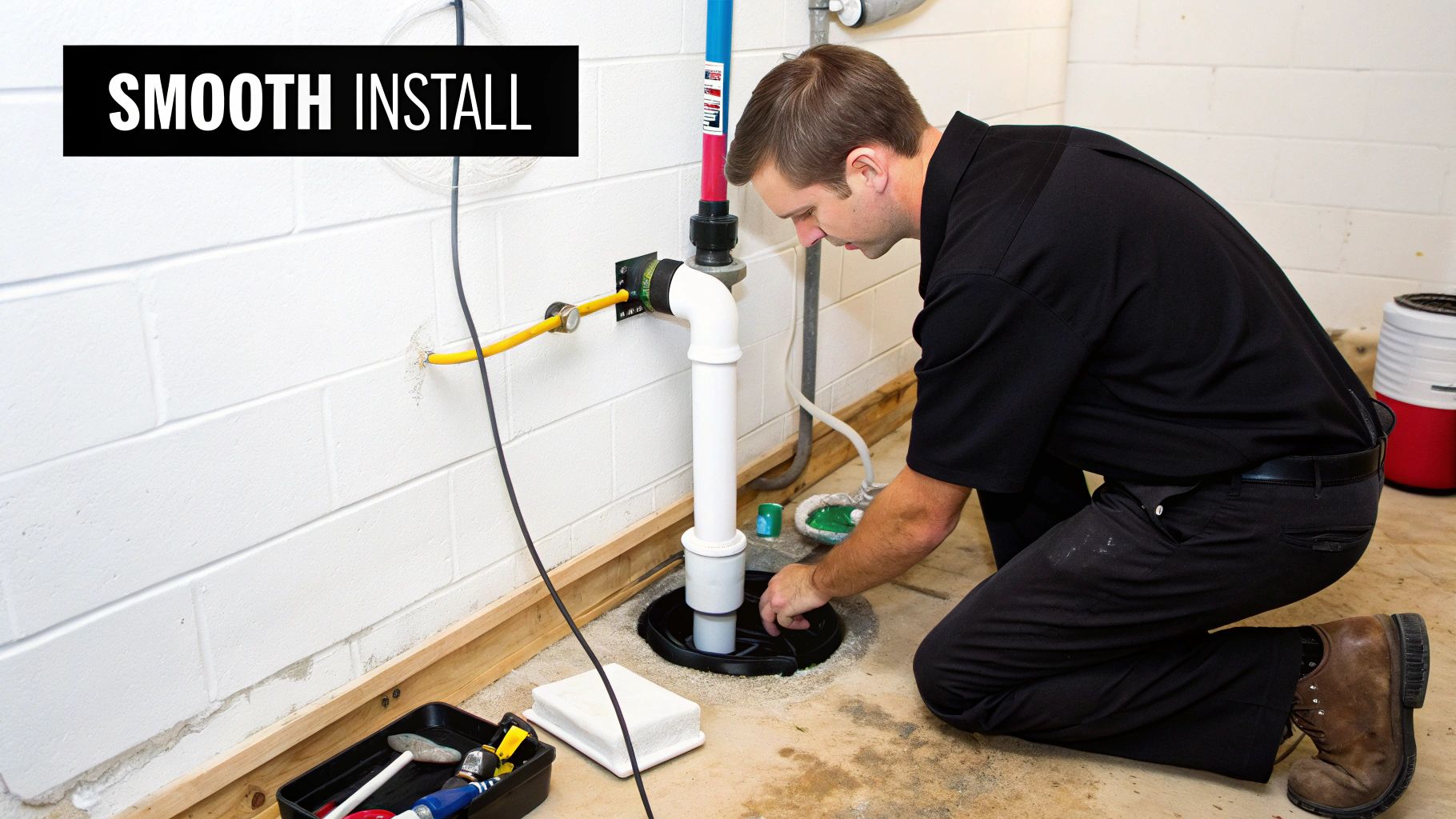
Replacing a sump pump is more than just a routine maintenance task; it's an opportunity to bolster your home's flood protection. The sheer number of available options, from simple pedestal pumps to advanced Wi-Fi enabled units, can make the selection process feel daunting. This guide will walk you through the key considerations for choosing the ideal sump pump replacement to fit your specific needs.
Sump Pump Types: Finding The Right Fit
Several types of sump pumps exist, each with its own set of advantages and disadvantages. Understanding these distinctions is crucial for making a well-informed decision. Let's take a closer look.
To help you visualize the differences between these pump types, we've compiled a comparison table:
To help you choose the right sump pump, here's a comparison of the most common types:
Sump Pump Comparison Guide: Side-by-side comparison of different sump pump types to help homeowners select the right replacement model
| Pump Type | Ideal Use Case | Average Lifespan | Cost Range | Pros | Cons |
|---|---|---|---|---|---|
| Submersible | Homes with high flood risk | 5-10 years | $100-$400 | Quiet, compact, powerful | Shorter lifespan due to submersion |
| Pedestal | Homes with less frequent flooding | 10-15 years | $75-$200 | Longer lifespan, easier to repair | Louder, larger footprint |
| Battery Backup | All homes, especially in areas with frequent power outages | Varies based on battery type | $150-$500 (plus battery) | Provides protection during power failures | Requires regular battery maintenance |
| Water-Powered Backup | All homes, as a secondary backup option | 20+ years | $200-$400 | Doesn't require electricity | Increases water bill during use |
This table provides a general overview. Specific models and features can influence lifespan and cost. Always consult with a plumbing professional for personalized advice.
Key Features To Consider
Beyond the basic pump type, several other features can significantly impact a sump pump's performance and reliability.
-
Horsepower: Horsepower determines the pump's water-moving capacity. It's essential to match the horsepower to your home's water table and drainage requirements. Insufficient horsepower will result in inadequate protection, while excessive horsepower can lead to frequent cycling and premature wear.
-
Pump Material: The pump casing material significantly influences its durability. Cast iron offers excellent heat dissipation and longevity. Plastic and stainless steel provide different advantages in specific water conditions.
-
Float Switch Design: The float switch activates the pump when the water level rises. A dependable float switch is vital for proper pump function. Vertical, tethered, and electronic float switches offer varying degrees of reliability and resistance to clogging.
Backup Systems: Added Security For Your Peace Of Mind
A backup sump pump system is a worthwhile investment for homeowners concerned about basement flooding, particularly those in areas prone to power outages. These systems provide an additional layer of protection, helping to keep your basement dry even if the primary pump fails.
-
Battery Backup Systems: Battery backup systems use a battery to power the pump during power interruptions. This automatic fail-safe ensures continuous operation during storms and blackouts.
-
Water-Powered Backup Systems: These systems utilize municipal water pressure for continuous backup operation without relying on batteries. Keep in mind that water-powered backups can increase your water bill.
-
Generator-Powered Backup Systems: If you own a generator, it can serve as a backup power source for your sump pump. This is especially useful during extended power outages.
Choosing the right backup system requires evaluating your budget, local regulations, and desired protection level. By carefully considering these factors, you can turn a necessary sump pump replacement into a significant upgrade for your home's flood defense. A well-chosen sump pump offers not just protection from water damage, but peace of mind as well.
DIY Sump Pump Replacement: Your Step-by-Step Guide
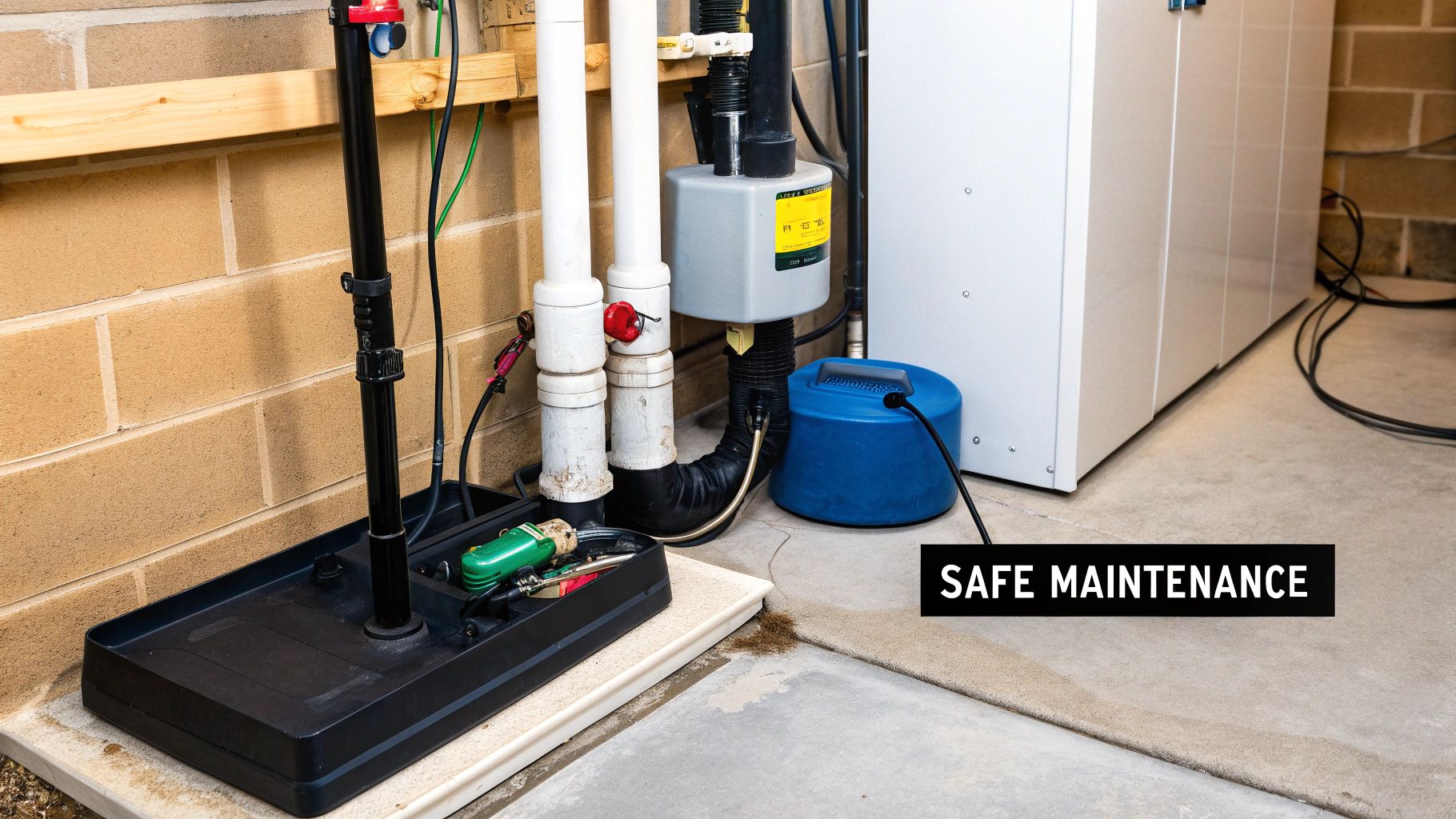
Replacing a sump pump can be a satisfying home improvement project for those comfortable with DIY tasks. This guide offers a step-by-step walkthrough of the process, including advice for a successful sump pump replacement and tips on avoiding common errors.
Preparing For The Replacement
Before starting, assemble the necessary tools and materials. You'll need a new sump pump, PVC piping, pipe fittings, a screwdriver, pliers, a bucket, and a wet/dry vacuum. Also, familiarize yourself with local plumbing codes regarding proper discharge locations. This preparation ensures a smooth installation.
-
Disconnect Power: The first and most important step is disconnecting the power to the pump. This crucial safety measure prevents electrical hazards.
-
Remove the Old Pump: Once the power is off, disconnect the discharge pipe below the check valve. Use a bucket to collect water and debris. Carefully lift the old pump from the pit and place it on a protective covering.
Installing The New Sump Pump
With the old pump out, you can begin installing the new unit. Precise execution of these steps is essential.
-
Prepare the Pit: Clean the sump pit thoroughly, removing any debris. A clean pit helps prevent clogs and ensures the new pump operates efficiently. Use a wet/dry vacuum to remove remaining water.
-
Position the New Pump: Place the new pump in the pit, ensuring it sits level. Correct placement is essential for optimal performance and pump longevity.
-
Connect the Discharge Pipe: Connect the discharge pipe to the new pump, creating a watertight seal. Use PVC cement to secure the connection and prevent leaks.
-
Install the Check Valve: Install a new check valve in the discharge line. This vital component prevents water from flowing back into the pit. Make sure the check valve is oriented correctly.
-
Connect the Power: After ensuring all connections are secure and dry, plug the new sump pump into the power outlet. Double-check everything before restoring power.
Testing And Troubleshooting
After installation, test the pump to ensure it's working correctly. Pour water into the pit to activate the pump and observe its operation.
-
Check for Leaks: Carefully inspect all connections for leaks. Address any leaks immediately to avoid water damage.
-
Verify Proper Cycling: The pump should activate when the water level rises and shut off once the water is removed. Adjust the float switch if needed.
-
Listen for Unusual Noises: Grinding, rattling, or gurgling sounds indicate potential problems. Troubleshooting these issues early can prevent more serious problems later.
By following these steps and attending to details, you can successfully replace your sump pump and protect your home. However, for complex installations or if you encounter difficulties, consulting a licensed plumber is always recommended. For more information or professional installation services, visit Essential Plumbing and Electric.
Professional Sump Pump Replacement: Worth Every Penny?
Replacing a sump pump is a vital home maintenance task, protecting your basement from potential flooding. While a DIY approach might seem budget-friendly, professional sump pump replacement offers significant advantages, potentially saving you money and stress in the future. Let's explore the benefits of hiring experts and determine if professional installation is the right choice for your home.
Identifying True Expertise
Finding a qualified plumber is crucial for a successful sump pump replacement. Not all plumbing contractors offer the same level of expertise. Look for certifications, positive customer reviews, and a consistent history of successful installations. These factors indicate a contractor’s dedication to quality and professionalism. You can find more helpful resources on Our Sitemap.
Deciphering Service Quotes
A clear understanding of what a service quote should entail is essential. A thorough quote should outline all costs, including the new pump, labor, permits, and any additional materials required. Be cautious of unusually low bids, as they might indicate subpar materials or rushed work. Transparency in pricing is a sign of a reputable contractor.
The Value of Professional Installation
Experienced plumbers understand the complexities of sump pump replacement. They are familiar with local building codes, proper drainage methods, and the specifics of different pump models. This knowledge ensures correct installation and optimal system performance.
Avoiding Common Pitfalls
Professional installation minimizes the chances of errors that can lead to premature pump failure or ineffective water removal. This includes issues like incorrect check valve installation, improper float switch placement, and inadequate discharge line setup. These seemingly small details can have significant consequences, possibly causing future flooding and expensive repairs.
Customized Solutions for Unique Challenges
For homes with intricate drainage systems or specific water management needs, professional expertise becomes even more valuable. Plumbers can assess your unique circumstances and recommend tailored solutions beyond standard installations. This might involve integrating backup systems, designing custom drainage layouts, or selecting pump models optimized for your home's water table and soil conditions. Homeowners tackling other plumbing projects alongside sump pump replacement might find this helpful: DIY guide to replacing a bathroom faucet.
Ensuring Long-Term Performance
Professional installations typically involve comprehensive testing and system verification. This confirms the new sump pump is working correctly from the outset, reducing future problems and offering peace of mind. A sump pump replacement can be a substantial investment, even in smaller projects. For instance, a sump pump project in Marblehead, Massachusetts, had a budget of $20,000 in 2007, highlighting the importance of efficient water management. You can find more detailed statistics in the 2007 Annual Town Report. Ultimately, investing in professional sump pump replacement often leads to long-term savings by preventing costly water damage and maximizing the lifespan of your system.
Real Costs of Sump Pump Replacement Revealed
Replacing your sump pump is a crucial investment in protecting your home from water damage. However, understanding the real costs can be more complex than simple price ranges. This section offers a transparent breakdown of what you can expect to spend, whether you choose a DIY approach or hire a professional.
Factors Influencing Sump Pump Replacement Costs
Several factors significantly impact the overall cost of sump pump replacement. Let's explore these key variables and how they affect your budget.
-
Type of Sump Pump: The type of pump significantly influences the initial cost. Submersible pumps, placed inside the sump pit, typically range from $100 to $400. Pedestal pumps, with the motor mounted above the pit, are slightly less expensive, ranging from $75 to $200. Adding a backup system, such as a battery-powered or water-powered option, increases the cost. Battery backups, for example, add an additional $150-$500 to the total.
-
Installation Method: DIY installation can save on labor costs, but requires your time and effort. For those unfamiliar with plumbing, installation mistakes can lead to expensive repairs later. Hiring a professional typically costs between $600 and $3,000, depending on the complexity and local labor rates. While more expensive upfront, professional installation minimizes risks and ensures correct operation.
-
Basement Configuration: The accessibility of your sump pit and the existing plumbing complexity influence installation time and labor costs. Finished basements may require extra work to access and reconnect the pump, increasing the total cost. Factors like basement floor thickness also play a role. For instance, removing thick concrete adds to the labor involved.
-
Discharge Requirements: Local building codes often dictate water discharge locations. If your chosen location requires longer piping or specialized drainage, expect additional material and labor costs. Extended drainage hoses or the need for higher horsepower pumps for longer distances will add to the expense.
Understanding Premium Features vs. Unnecessary Upgrades
Choosing a new sump pump requires understanding which features offer genuine value. Some premium features offer long-term cost savings, while others are simply expensive add-ons. Cast iron pumps, for example, offer superior heat dissipation and potentially longer lifespans compared to plastic or stainless steel models. A reliable float switch design, whether vertical, tethered, or electronic, is critical for proper operation and prevents premature failures. Consulting a plumbing professional can help you select the right features for your needs and budget.
Strategic Timing and Potential Savings
The timing of your sump pump replacement can impact costs. Proactive, scheduled replacements are generally less expensive than emergency installations. Waiting for pump failure can lead to higher prices due to urgency and limited availability. Exploring financing options and checking your homeowner's insurance policy for potential coverage can also help offset the investment.
Understanding these factors allows you to make informed decisions about your sump pump replacement. By considering your home's needs, evaluating available options, and planning strategically, you can protect your property effectively without overspending.
For professional sump pump installation and expert advice, contact Essential Plumbing and Electric at https://essentialplumbingandelectric.com. We offer reliable, affordable solutions to keep your basement dry and your home protected.
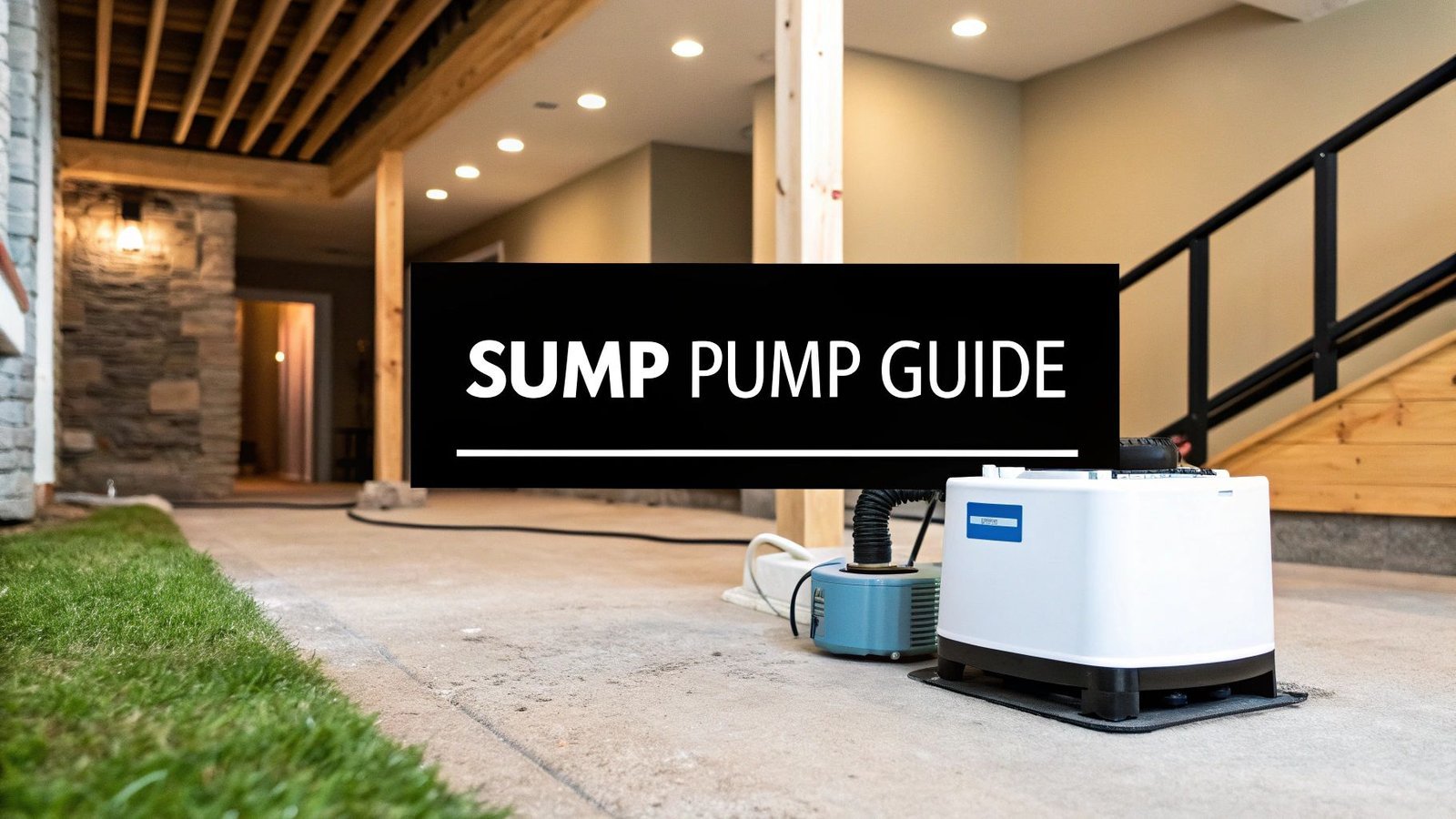


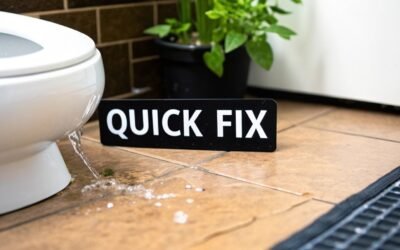
0 Comments